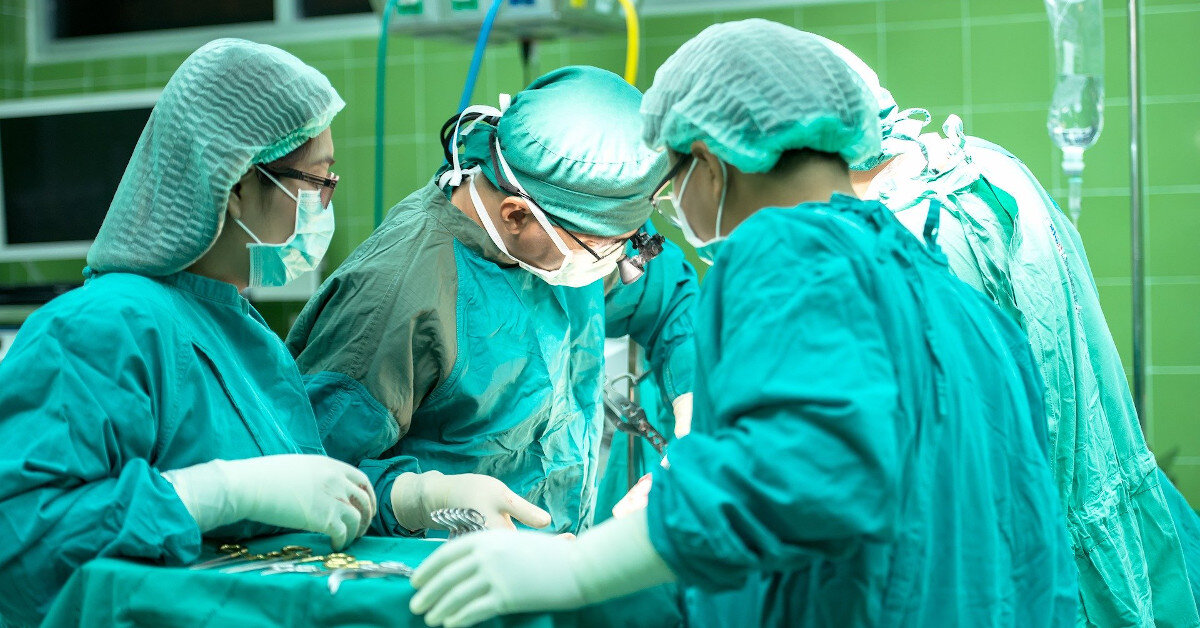Can physio help scoliosis?
Physiotherapy treatment for scoliosis can improve pain, posture, movement and core stability and strength. Here we will look at how, and what you can do to help yourself at home.
What is scoliosis?
Scoliosis is an abnormal sideways curvature of the spine. It is usually diagnosed in childhood or adolescence, but occasionally more mild cases aren’t picked up until adulthood, or can develop over time. Scoliosis can also occur in later life due to degenerative changes in the spine.
There are 2 main causes of scoliosis:
Functional - this is a scoliosis which is mechanical in nature. Muscles, tendons, ligaments and connective tissue called fascia become tight or weak, and pull the spine into a curvature. These can generally be improved with targeted exercise.
Structural - this is where the actual anatomy of your spine has been affected, such as the shape and size of your vertebrae and spinal joints. These often develop in childhood. The main aim with these is to prevent further curvature from potential overlaying functional scoliosis.
3D Medical Animation scoliosis Intervertebral Disc by Scientific Animations is licensed under CC BY-SA 4.0.
There is no easy way to determine which kind of scoliosis you have. Your physiotherapist can run through tests and assess the muscle strength and flexibility, and this combined with x-ray images can give us a fairly good understanding of your spine.
There are many different types of scoliosis, including C curves (pictured above) and S curves (two curves in the spine). The location of the curve can also vary from the cervical spine (neck), thoracic spine (upper back) and lumbar spine (lower back). Or scoliosis could be a combination of any of these!
Do I need surgery for scoliosis?
Surgery is generally advised in severe cases of scoliosis during childhood and adolescence. Scoliosis surgery can improve the spinal curve and prevent it from getting worse. This is usually a spinal fusion surgery where the bones are fused with metal rods or wires to hold the spine straight.
However, surgery for scoliosis as an adult is much less common, and will generally only occur when there is resulting significant back or leg pain. Generally surgery is not the best option for adult scoliosis.
There is no way to “fix” curvatures if they are structural without surgery, but muscles become tight and weak around the curvature, causing a functional scoliosis which can contribute to the problem. Physiotherapy programmes are the best way to ensure that these imbalances are addressed.
Physiotherapy for scoliosis
There is no “one size fits all” exercise programme for scoliosis due to the multitude of different types. The main focus with physiotherapy is to stretch tightened muscles, and strengthen muscles that have become weak due to the curvature.
Muscles on the shorter side of the curve generally become tighter, whereas muscles on the longer curve side become weaker. This contributes to the problem and means that the curvature can get worse over time. Working on alleviating these imbalances can slow, or even completely limit any progression!
We would recommend trying a combination of mobility and core strengthening exercises. Work out which side is more tight and which side is more weak (speak to your physiotherapist about this if you are unsure). Then you can complete the exercises on both sides, but more repetitions on the side that requires it. Th
Upper back rotational stretch
Lying on one side on the floor, with your knees bent and your arms both straight out in front of you on the floor.
Slowly bring your top arm over your body and rest it on the floor on the other side of your body. Keep your knees and your other arm on the other side of your body.
Hold for 20 seconds.
Repeat 5 times, and then try the other side.
Lower back rotational stretch
Lying on your back. Bend one knee up towards your chest.
Use the opposite hand to pull your knee diagonally up and across your body.
Hold this position for up to 20 seconds.
Repeat 3 times, then try the other side.
Door frame stretch
This stretches the right QL (quadratus lumborum) and lat muscles, so aim to do this more on the side where these are tighter.
If stretching right: put right foot behind you and put it flat on the floor. Left arm holding a door frame.
Take your right arm and bring it over the left and then push your hips away from the door frame, whilst pulling with your left.
Hold for 20 seconds. Repeat 3 times.
Side Plank thread the needle
Lying on your side, come up into a side plank, using your forearm and your feet on top of one another.
Lift your top arm up towards the ceiling.
Rotate your trunk and your hips as you reach the top hand underneath and behind you.
Then slowly untwist and bring your arm up towards the ceiling again.
Repeat 15 times, then try on the other side.
Superman crunches
On your hands and knees, with your hands under your shoulders and your knees under your hips.
Slowly bend your left elbow and your opposite knee, and bring them into your middle. Keep your core strong and stable whilst you do this.
Then slowly straighten your arm and leg out as long as you can, keeping the core strong.
Repeat 15 times, and then try on the other side.
This is absolutely not written to substitute medical advice and it is always important to see a qualified health care professional for a formal diagnosis. If any of the exercises cause pain during or after the exercise, discontinue and consult a physiotherapist.
If you would like to get in touch please visit our contact page.








